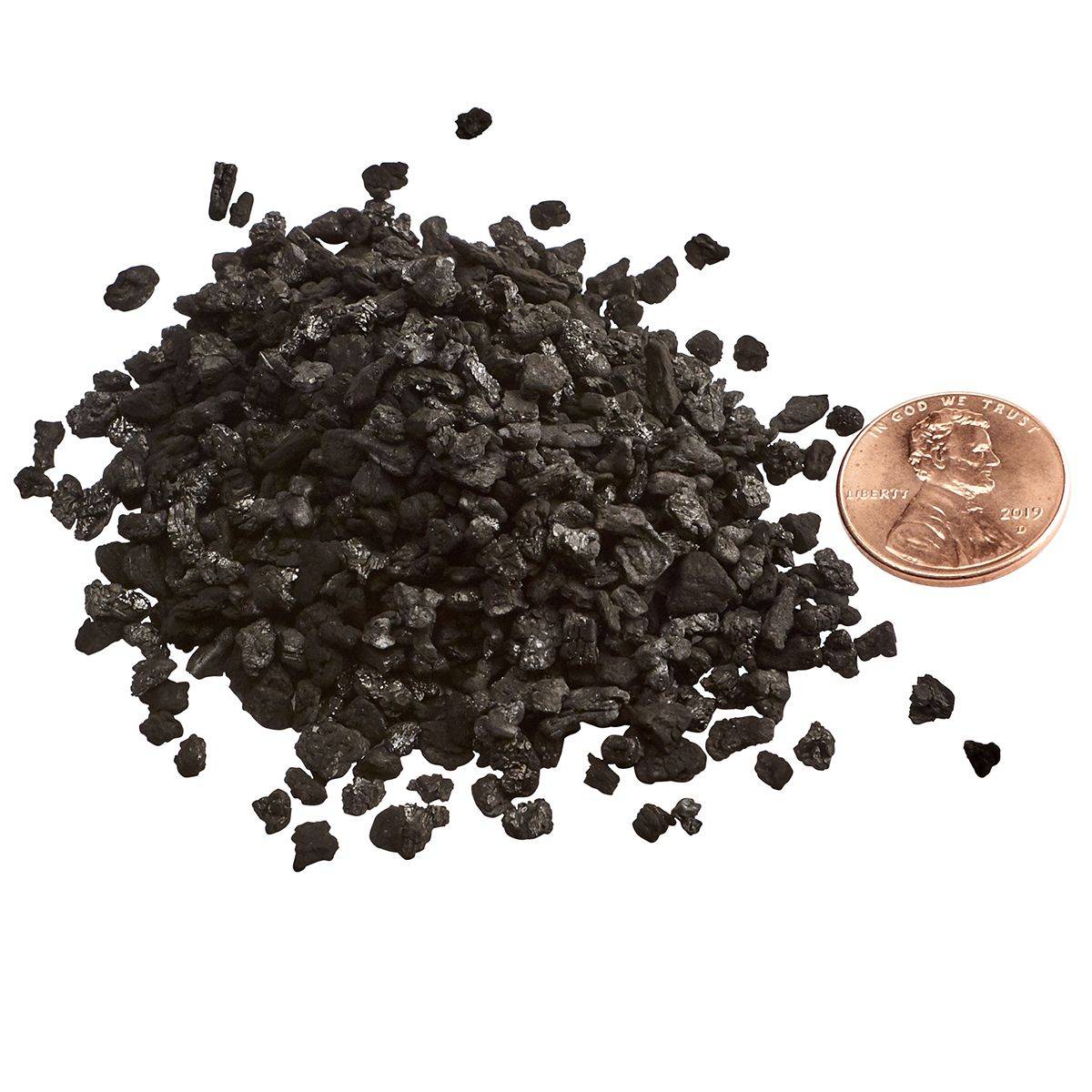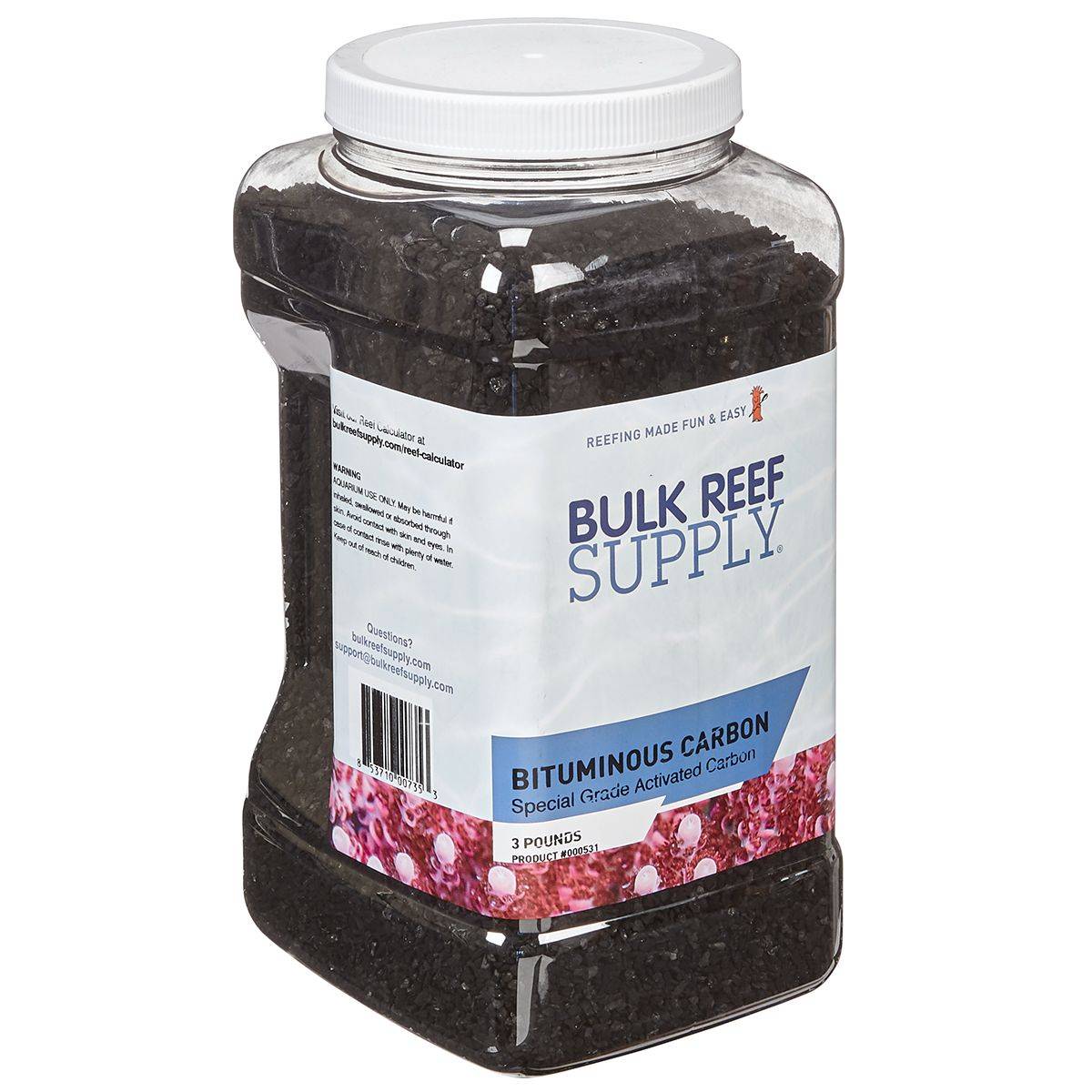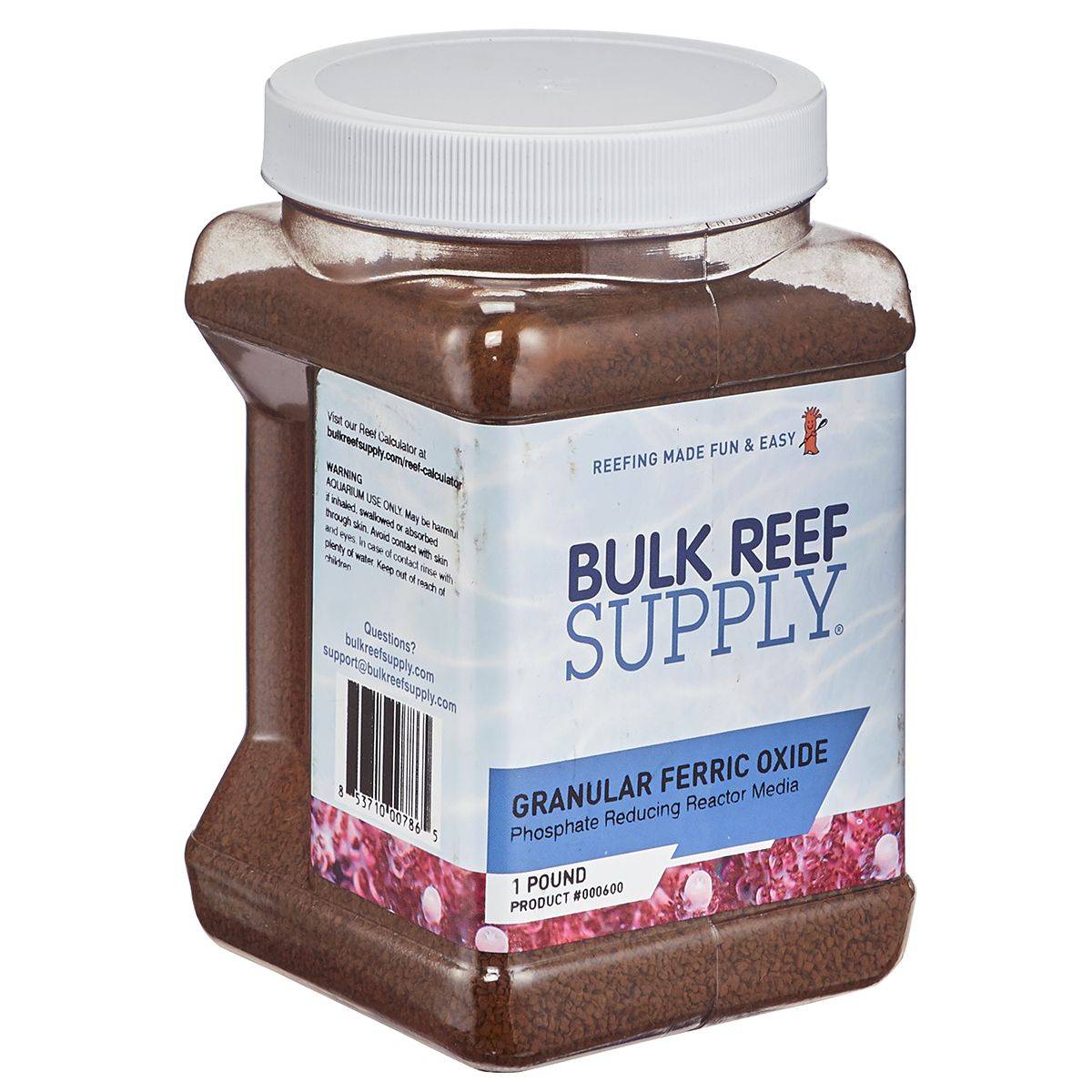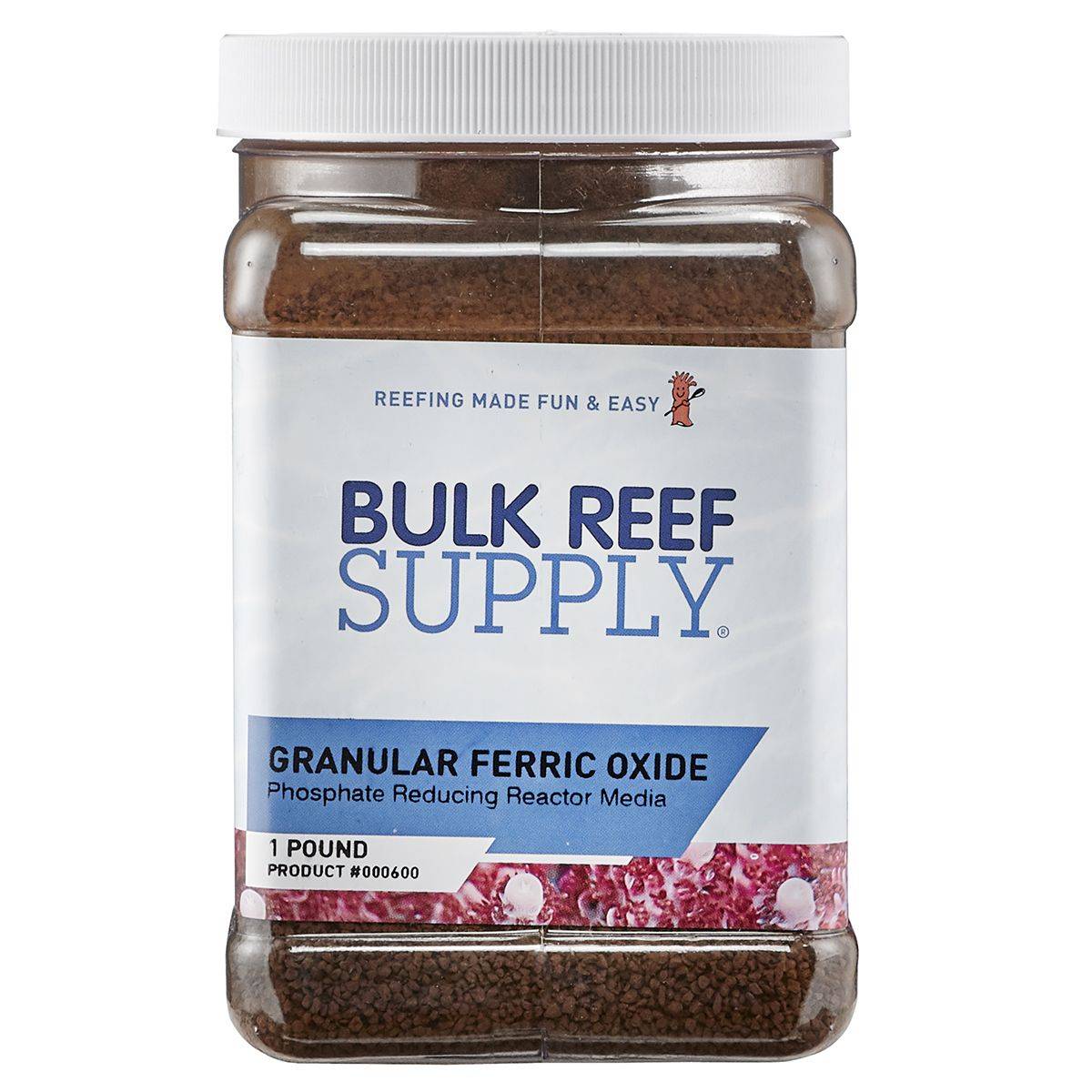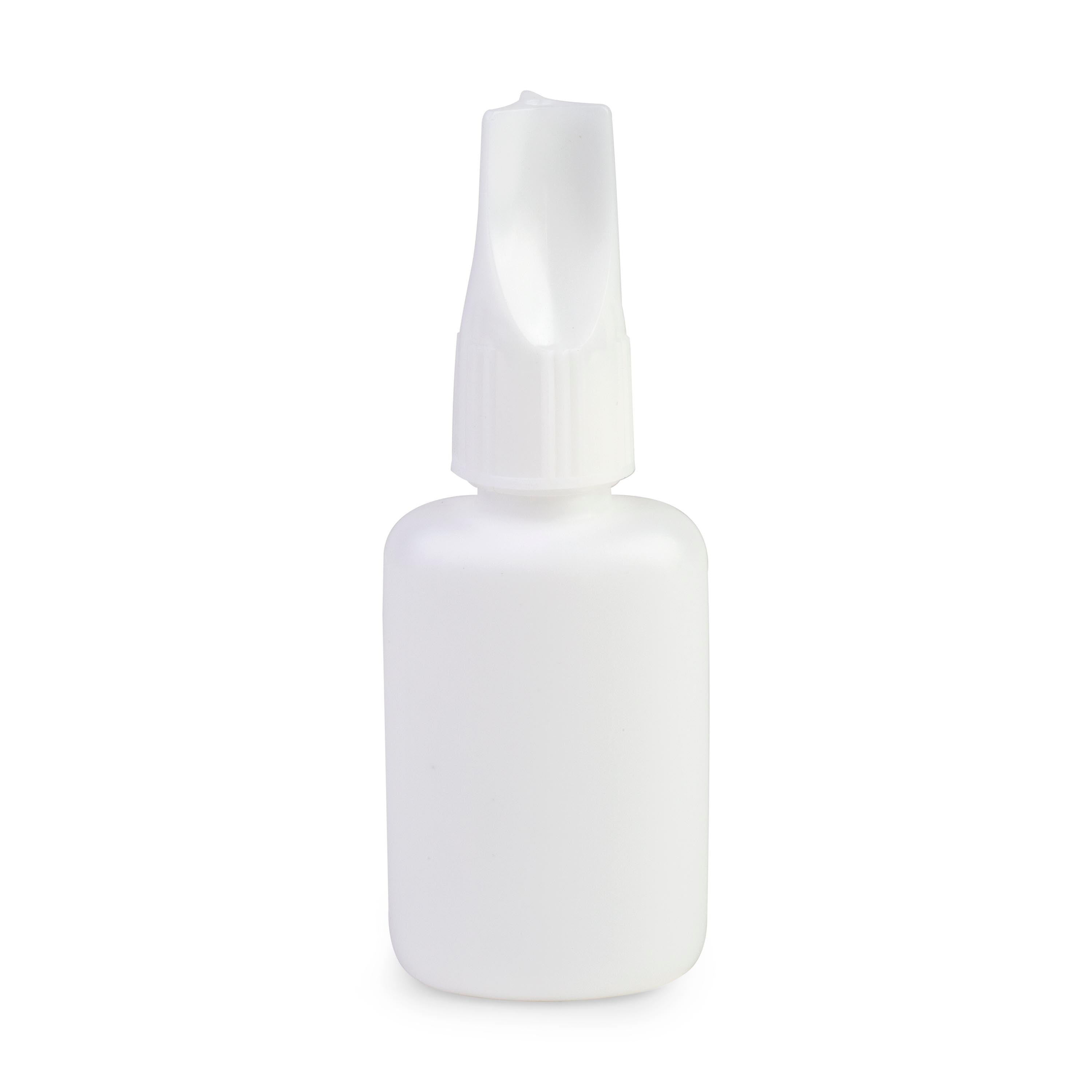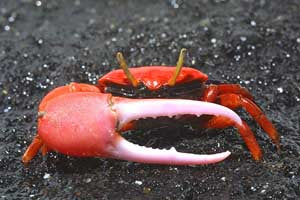
Fiddler Crab (Uca spp.)
Max Size: 3 inches
Diet: Omnivore
Temperament: Semi-Aggressive
Reef Compatible: Yes
Minimum Tank Size: 20 gallon
Fiddler Crabs, belonging to the Genus uca, are inhabitants of tidal sands in mangroves and salt marshes. Their survival depends on sensing the ebb and flow of the tide, despite having gills, they can drown if there is too much water. At high tide, they retreat to their burrows, which are about 12 inches deep in the sand, and seal them with mud or sand.
At low tide, hundreds of Fiddler Crabs colonies come out to forage, eat, and maintain their burrows. They use their small claws to move sand to their mouths, where they extract nutrients, and then expel clean sand pellets. Fiddler Crabs eat algae and decomposed matter, and serve as food for shorebirds, fish, and land mammals like raccoons and foxes.
After incubating eggs for two weeks, female crabs release their larvae during high tide, and the surviving young crabs drift back to shore in a few weeks to join a Fiddler Crab colony.
Male Fiddler Crabs have an oversized claw that resembles a fiddle, which they use primarily in courting rituals. While it can also be used to defend against other male crabs, the male crab will dance and wave his giant claw to attract his desired female, who will join him in his burrow.


